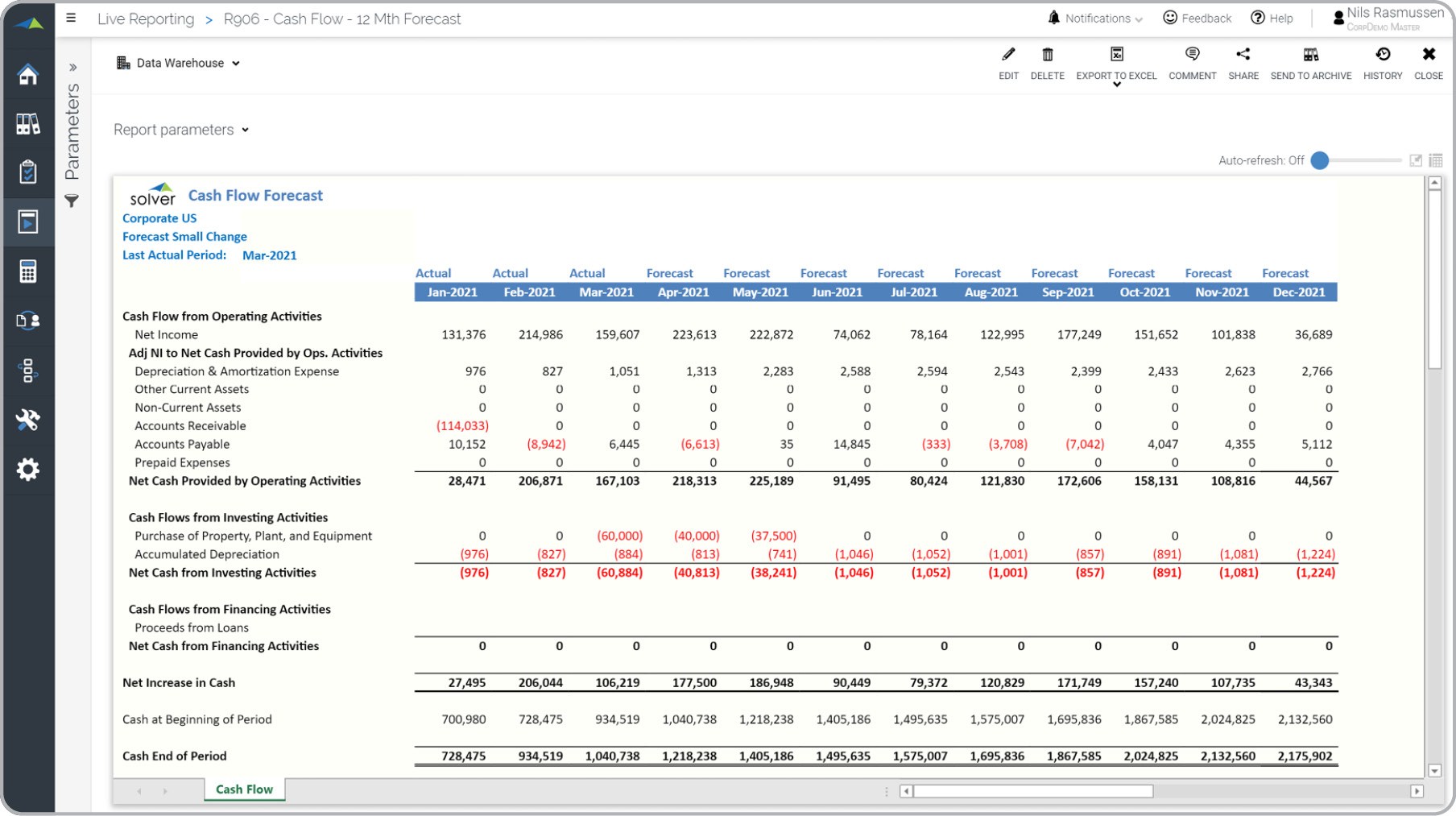

Finance
Close Location Value (CLV) Definition
Published: October 28, 2023
Learn the definition of Close Location Value (CLV) in finance. Understand its significance and impact on business profitability.
(Many of the links in this article redirect to a specific reviewed product. Your purchase of these products through affiliate links helps to generate commission for LiveWell, at no extra cost. Learn more)
Understanding Close Location Value (CLV) Definition
When it comes to the world of finance, there are many terms and concepts that can seem overwhelming. One such term is Close Location Value (CLV), which plays a crucial role in determining the financial health and potential growth of a business. In this blog post, we will delve into the world of CLV, define what it is and why it is important, and provide actionable insights on how to calculate and improve it. So, let’s get started!
Key Takeaways:
- Close Location Value (CLV) is a metric that helps businesses determine the monetary value of their customers over the duration of their relationship.
- Calculating CLV involves considering factors such as customer loyalty, purchase frequency, average order value, and customer lifespan.
What is Close Location Value (CLV)?
Close Location Value (CLV), also known as Customer Lifetime Value (CLV), is a fundamental financial metric that quantifies the total value a customer brings to a business over their entire engagement with the company. CLV takes into account various factors, such as customer loyalty, purchase frequency, average order value, and customer lifespan, to provide a comprehensive assessment of a customer’s worth to a business.
CLV allows businesses to understand the long-term impact of their customers, helping them make informed decisions regarding marketing strategies, customer retention efforts, and overall business growth. By calculating and optimizing CLV, businesses can allocate resources efficiently and focus on customer segments that offer the highest potential profitability.
How to Calculate CLV
Calculating CLV can be approached in different ways, depending on the data available and the complexity of the business model. However, one common method used to calculate CLV is as follows:
Step 1: Determine the average purchase value: Divide the total revenue generated from all customer interactions by the number of purchases made.
Step 2: Calculate the average purchase frequency: Divide the total number of purchases made by the number of unique customers within a specific time period.
Step 3: Determine the customer lifespan: Calculate the average duration a customer remains active or engaged with the business.
Step 4: Calculate the CLV: Multiply the average purchase value by the average purchase frequency and then multiply it by the customer lifespan.
By following these steps, businesses can gain insights into the monetary value of their customers and make informed decisions to improve customer relationships and drive business growth.
Improving CLV
Now that we understand what CLV is and how to calculate it, let’s discuss a few strategies to improve this crucial financial metric:
- Enhance customer retention efforts: By focusing on building strong relationships with existing customers and implementing loyalty programs, businesses can increase customer loyalty, boost repeat purchases, and ultimately enhance CLV.
- Upsell and cross-sell: Encourage customers to explore additional products or services through targeted upselling and cross-selling strategies. This can increase the average order value and ultimately contribute to higher CLV.
- Improve customer satisfaction: Investing in exceptional customer service, addressing feedback and complaints promptly, and continuously improving product quality can enhance the overall customer experience, leading to higher CLV.
- Identify and target high-value customer segments: Analyze customer data to identify the segments that have the highest CLV potential. This enables businesses to tailor marketing campaigns and offerings to those specific segments, maximizing overall CLV.
By implementing these strategies, businesses can optimize CLV and unlock the potential for long-term growth and profitability.
Conclusion
Close Location Value (CLV) is an essential metric that helps businesses assess the long-term financial value of their customers. By understanding CLV and implementing strategies to improve it, businesses can make data-driven decisions, enhance customer relationships, and drive overall growth. So, take a closer look at CLV and unlock the power it holds for your business success!














